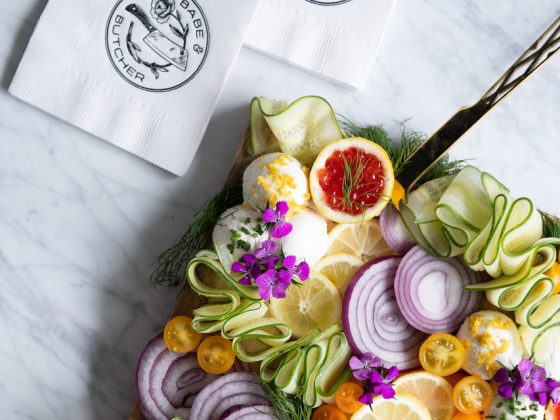As an Adjunct Professor teaching Illustration at UNC Charlotte, Gary Palmer works hard. His mission is to “convert at least some [of his students] from the ever popular Japanese sci-fi comic book art to real traditional hand drawn illustration.” Aside from working in watercolor, Palmer enjoys other mediums, such as oil, pastel, acrylic, and scratchboard. He has even started combining digital illustration with traditional illustration.
“I try to mix it up,” says Palmer. “I get bored working in the same medium all the time, so I’m always looking for the opportunity to do something different. One of the main reasons for the longevity of my career [is my] ability to solve visual problems with a style that works best.”
By the time Palmer turned twelve, he discovered his artistic side and used it to impress the girls. “But,” he says, “they soon tired of drawings of dragsters and superheroes, so I was forced to consider more appropriate subject matter, like animals and flowers—you do what you’ve got to do.”
Although Palmer spent a great amount of time as a child traveling and living in a variety of locales, he still considers south Alabama home. “Dad was career Army, so we lived all over the US, as well as spending three years each in France, Germany, and Key West,” says Palmer. After high school, and several stints at traditional colleges, Palmer attended Ringling College of Art and Design in Sarasota, Florida where he received a BFA in Illustration. There he could hone his natural ability. Afterall, “there is some truth to the idea that artistic people have a natural gift,” explains Palmer. “It’s like most things, the more you do the better you get.”
Having grown up with a dad who was an avid outdoorsman, Palmer embraced camping and fishing. Loving anything to do with the outdoors, his art focused on just that. “It was a natural fit for me. I’ve had a subscription to National Geographic since I was 12, been a scuba diver since I was 16, and I’ve worked for the Fish and Wildlife Service on the Key Deer National Wildlife Preserve,” he says. “I love to fly fish, surf fish, and shoot guns, so what else would I draw!”
The fresh air, solitude, sports, and wilderness directed his art. “It’s easy to be captivated. What’s hard is doing the research.” Interest in the subject is mandatory, and then a good reference is needed. Although most wildlife and outdoor illustrations are pretty realistic, the artist must be especially careful of stylizing and rendering in a creative manner. “A duck needs to look like a duck, and a deer should look like a deer. You’d be surprised at how detail oriented you need to be; there’s always someone counting the number of feathers on a tundra swan’s wing or noticing the subtle difference between a brook trout and a speckled trout,” says Palmer. “This was of particular importance when doing all of my illustrations for the Museum of Natural History; each illustration was checked and rechecked for accuracy.”
The fish is Palmer’s favorite animal to paint and is also the most difficult. Loose and fluid, the fish does not stand still long enough to take a good photo or to even sketch, that’s why he often finds himself at the “Bass Pro Shop staring at the fish in their 23,000 gallon aquarium” for hours at a time.
As a wildlife and outdoor illustrator, Palmer hasn’t found the time to pursue the gallery route. Instead, he juggles many different jobs. As he waits on approval for sketches on one job, he’s finishing art for another. Turnaround time normally takes two to three weeks from start to finish, but it can take a week or sometimes even less. “As far as the finished art is concerned, it’s kind of like eating—I prefer to finish things in one sitting,” explains Palmer.
Palmer’s art speaks for itself and its subjects. His pieces portray the beauty of our most invaluable resources, riches that so many in this state and city truly appreciate, respect, and protect: the outdoors and its wildlife.
As a frequent contributor, you can find his work in WINC magazine and the North Carolina Wildlife calendar, among the pages of Better Homes and Gardens, Traditional Home, Country Gardens and other special interest publications by Meredith Publishing. His art has been featured in several children’s books published by Sleeping Bear Press: T is for Tar Heel: a NC Alphabet Book, Wright Numbers: a NC Numbers Book, Net Numbers: a SC Numbers Book and H is for Hook: a Fishing Alphabet Book. Palmer has also done artwork for the Nature Conservancy, National Park Service, Ducks Unlimited, NC Museum of Art, NC Zoo, NC Aquariums, Queen’s Cup Steeplechase and the NC Division of tourism, plus advertising work for Disney, Home Depot, IBM, Lowe’s and Celestial Seasonings.















